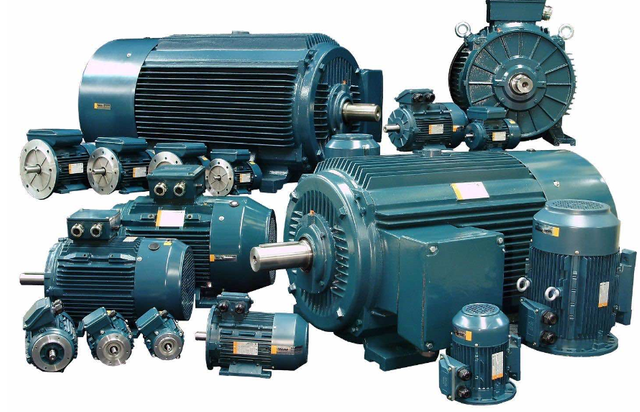What are the Different Types of Three-Phase Motors Available
Three-phase motors are widely used in both commercial and industrial settings because of their dependability, efficiency, and power. It is essential to comprehend the many varieties of three-phase motors in order to choose the appropriate one for a certain activity. This tutorial explores the many kinds, properties, and uses of three-phase motors as we dig into this complex realm.
Types of Three-Phase Motors:
•Induction Motors:
The most prevalent kind of three-phase motors, used in many industrial applications, are induction motors. They work on the basis of electromagnetic induction, in which the stator coils create a revolving magnetic field that causes currents to flow through the rotor. Because of their exceptional strength and efficiency, induction motors may be used in a wide range of applications, including conveyor systems, compressors, fans, pumps, and compressors.
•Synchronous Motors:
The capacity of synchronous motors to match the frequency of the supplied AC voltage with their rotating speed defines them. Synchronous motors, in contrast to induction motors, depend on an external power source to create the magnetic field within the rotor. These motors provide accurate speed control and are often used in devices like synchronous generators and precision equipment where maintaining a steady speed is crucial.
•Brushless DC Motors (BLDC):
Direct current (DC) electricity is used to power brushless DC motors, commonly referred to as electronically commutated motors, which are a kind of three-phase motor. Unlike conventional DC motors, which need brushes and commutators to regulate phase currents, these motors use electronic commutation. Because of their great efficiency, little maintenance requirements, and accurate speed control, BLDC motors are well-suited for a variety of applications, including robotics, aircraft, and electric vehicles.
•Servo Motors:
Servo motors are specific three-phase motors designed to regulate acceleration, velocity, and position with extreme accuracy, either linearly or angularly. To precisely control their motion, these motors need feedback devices like resolvers or encoders. Servo motors are extensively used in robotics, CNC machines, industrial automation, and other fields that need accurate motion control.
•AC Motors with Variable Frequency Drives (VFD):
By altering the applied voltage's frequency, variable frequency drives (VFDs) used in AC motors provide customizable speed control. VFDs allow three-phase motors to precisely regulate their speed, accelerate and decelerate smoothly, and adjust both voltage and frequency. To maximize energy economy and performance, HVAC systems, conveyors, and machine tools employ variable-speed motors.
Applications and Considerations:
Each motores trifasicos has benefits and is suitable for various applications depending on power, speed, and accuracy. Choosing the best solution for a given application requires an understanding of the features of each kind of motor. The selection of a motor is also greatly influenced by other factors, including financial concerns, environmental factors, and load characteristics.
Conclusion:
A wide variety of technologies are used in three-phase motors, each of which is designed to satisfy certain commercial and industrial needs. Understand the features and uses of various three-phase motors to improve performance, efficiency, and dependability in your operations.
